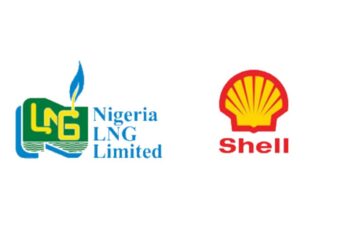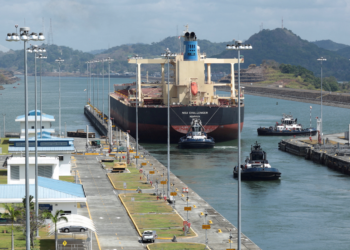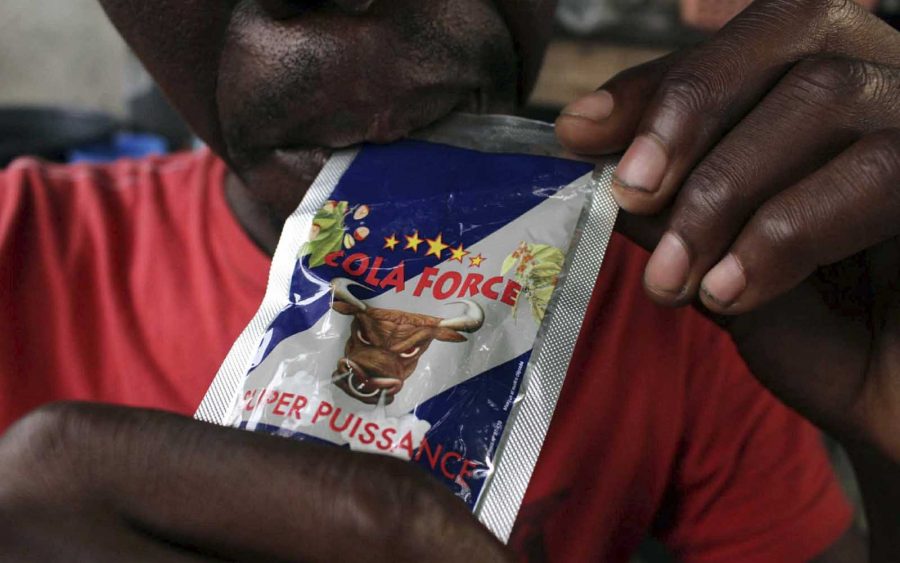NLNG has said that vessel scarcity, forex and oil prices are to blame for the rise in LPG prices. The company made this statement on Wednesday, November 8.
According to Nigeria Liquefied Natural Gas (NLNG) Limited, the three previously listed factors around the domestic macroeconomic developments as well as global factors have combined to constrain adequate supply in the domestic market.
In the cited statement, the company said:
- “The domestic LPG market, like any other, is subject to dynamic market forces and various external factors. Such factors as changes in exchange rates, escalating price benchmarks mirroring crude oil prices, and the Panama Canal drought-induced vessel scarcity impacting transport costs, especially for imported LPG, have had significant effects on energy prices in recent times and could undoubtedly be some of the reasons for recent price hikes witnessed in the domestic market’’.
Local LPG delivery
The company also said that despite feed gas supply challenges, it is actively involved in LPG deliveries to the Nigerian market. A part of the statement said:
- “NLNG has been making contributions to the domestic LPG market, spurring the steady growth of the nation’s Domestic Liquefied Petroleum Gas (DLPG) market volume from less than 50,000 metric tons of imported LPG in 2007 to over 1.3 million metric tons of both domestic and imported LPG today.
- “NLNG currently delivers over 450,000 metric tons per annum of Butane, the main product in cooking gas and has embarked on domestic propane supply to further grow the market. The Company has committed its entire Butane and Propane production to the domestic market from 2023 and despite feed gas challenges, continues to supply LPG to the domestic market, accounting for approximately 40% of the total market volume.
- “Since the beginning of the year, NLNG has delivered over 380,000 metric tons of LPG using the Company’s dedicated LPG vessel. NLNG maintains an unwavering commitment to ensuring the reliable supply of its LPG production to the domestic market at prices that are reflective of the market. The Company is collaborating with relevant industry stakeholders to achieve this objective and will remain focused on achieving its mission.”
What you should know
The force majeure declared at NLNG Bonny Plant in October 2022 is still active after a year. According to the company, operations at the Bonny plant are currently operating at under 50% of their capacity.
The company has highlighted that despite efforts, the supply of gas to the Bonny plant is significantly constrained, resulting in production levels that remain well below the plant’s intended capacity. This persistent challenge is compounded by a force majeure situation that remains in effect.”
The company also stated that ongoing attacks on pipelines and declining productivity from aging wells are consistently interrupting the flow of gas supplies to the Bonny plant, contributing to this operational setback.
























